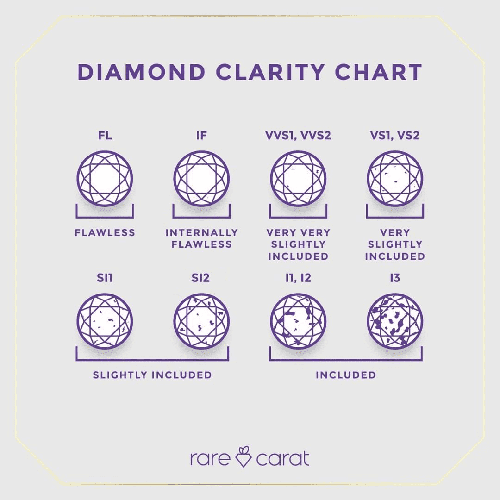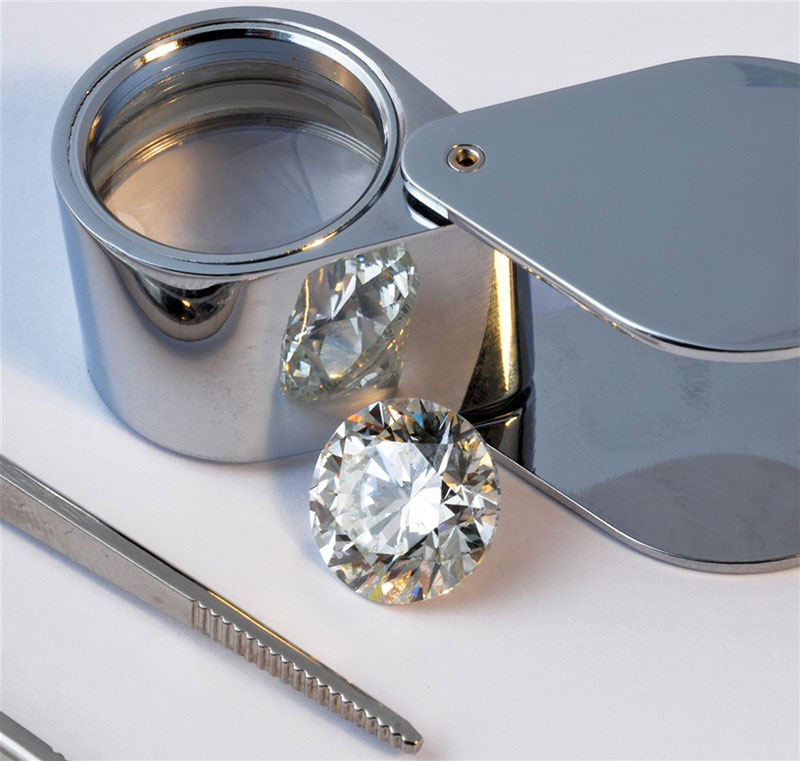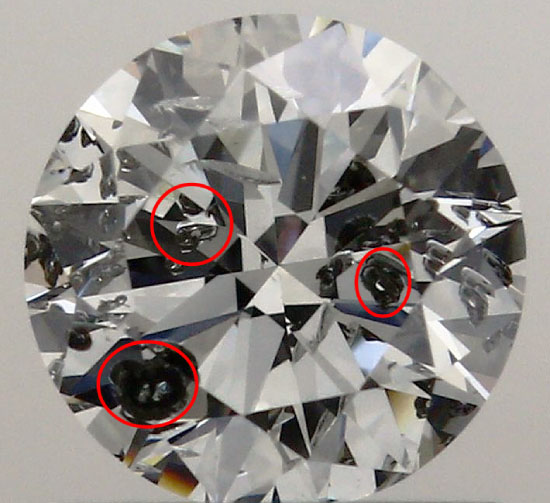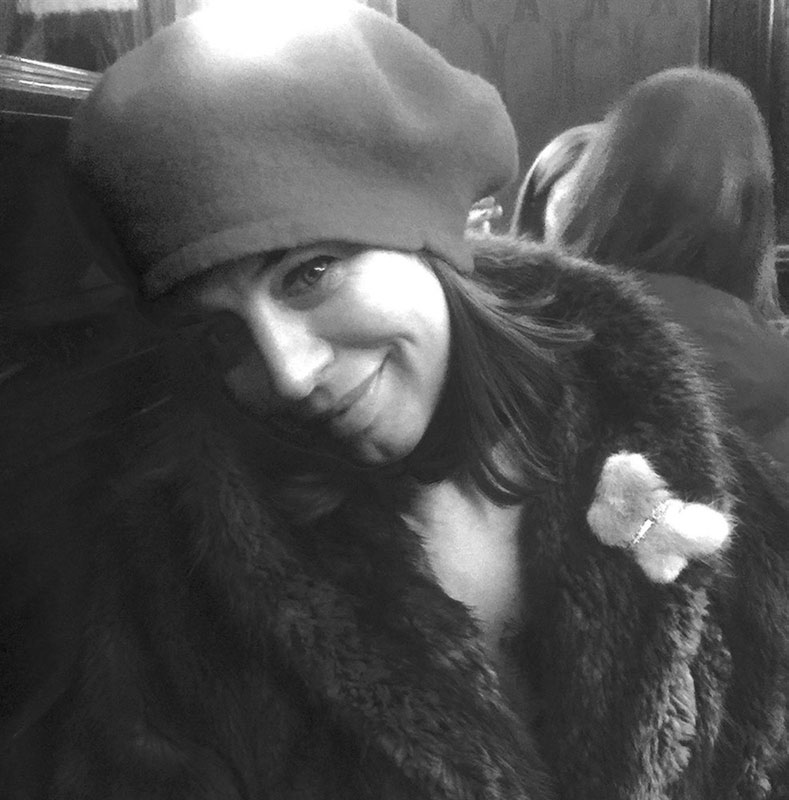Very Slightly Confusing: What does VS mean | Rare Carat
VS stands for ‘Very Slightly Included’ and represents one of the eleven grades used to describe the clarity of a diamond – that is, the number of features (inclusions) within the diamond that are visible using 10 x magnification. But what exactly does it mean – to us who are standing there bemused with our wallets open….?

Those familiar with ‘text speak’ will have all, at some point, smiled knowingly at their phones when an older relative mis-uses the acronym, LOL. “Bless her/him” – you’d say, “they thought it stood for Lots of Love.” That’s the power of the acronym. It is a secret code. A private language. A series of capital letters that disclose their meaning only to the select few. But once you are initiated, once that lexicon is learned, you can’t help but throw these odd little acronyms into conversation without feeling just a little bit superior. Because that means you are part of the club. And everyone wants to be included…. what a segue – I impress myself sometimes.
The clarity grade assigned to a diamond is determined by how easy it is for a grader to spot an inclusion in the stone. The tool used to identify these little grade setters is the 10 x loupe (as pictured) – (as an aside – how the loupe is used is the quickest way to flush out a pro from a non-pro, the latter squinting in those wrinkles, with the eye that isn’t on the prize firmly closed.)

A little context
Back when the trade of diamonds was still in its infancy, we were a little vague about this category. Diamonds were either ‘without flaws’ or ‘with imperfections'. But as more and more diamonds were discovered, we needed to find a more nuanced way of separating one from the other. So, in the 1930s, the Gemmological Institute of America (GIA) broke the quality of the polished diamond down into four categories – the 4Cs, Colour, Clarity, Carat and Cut, expanding each into a series of grades, making the value of each individual diamond easier to deduce.
The clarity of the diamond is perhaps one of the most interesting of the categories, as it acts as the gemstone’s fingerprint. Almost all diamonds will have some sort of internal feature, and every single one of them will be slightly different, marking that diamond as unique. These inclusions can tell us (ie. diamond nerds – I concede I fall into this category) a lot about the stone. They can tell you where the diamond formed, how old it is, what happened to it as it grew or whilst it travelled to the surface of the earth, and finally, whether the diamond cutter was dab or cack-handed. Diamond inclusions are, bottom-line, snitches. But we love them.
However, for all their interesting little idiosyncrasies, we principally use the number, the size, the color, the position and the nature of the inclusions in a diamond to decide on its value. The diamonds with the fewest and least obvious inclusions are suggestive of a weightier price tag, because they are the rarer of the breed.
The GIA clarity grading scale is the most internationally recognised, and it consists of eleven grades within five groups (bring on the acronyms):
- FL: Flawless
- IF: Internally Flawless
- VVS: Very, Very Slightly Included (VVS1 and VVS2)
- VS: Very Slightly Included (VS1 and VS2)
- SI: Slightly Included (SI1, SI2)
- I: Included (I1, I2 and I3)
For any diamond grader, picking one of the eleven is not pot luck. It is a finely tuned art, relying on extensive experience. But for us on the other side, it can be broken down into fairly generalised descriptors. Beyond the ‘no-flies on me’ top grades, FL and IF, which do not have any visible internal features, from VVS down, the grade is defined by how difficult the inclusion is to see with the 10 x loupe – from extremely difficult (VVS1) to “well, damn, I saw the inclusion before I saw the stone” Included grade.
When does Very Very become Very
The strict (and I use the word as loosely as possible) definition is when an inclusion shifts from being very difficult to well, just difficult to see using a 10 x loupe. Either they have got a little larger, become a little more abundant, or shifted out from the edge of the diamond to centre stage under the table. But the biggest give away is the presence of the crystal – that is, another fully fledged lump of mineral inside the stone that somehow got caught up in the diamond as it grew. If they are really, really tiny, these crystals are known as pin points, and are so small you often have to double-take. But when they appear a little larger than 11 microns (that’s just over the width of a human hair – huge, right?), they are referred to as crystals. Spot one of these, and you have VS stone.

To See or not to See
So, you’re in the club now. You know your acronyms. You get the picture. But what difference does it actually make? Fine, you know now that your near-cross-eyed grader has managed to spot a couple offending crystals just above the girdle of the diamond you have your eye on – but are they going to be spotted by Mrs. Jones next door when you pass her the salt? Well. No. The unaided eye cannot pick out a single inclusion in a VS grade diamond. In fact, it is only when you descend to the dregs and go in for a diamond that falls within the Included category that you are going to be spotting anything – unless you are going in for an emerald cut, the swimming pool cut of diamonds, and an SI1 graded inclusion may catch the corner of your eye - if gazing intently.
But if I can’t see it, what’s the fuss.
The snag is, however invisible these little features are to us laymen, clarity grades were designed to distinguish between the rarest and highest quality diamonds and their lesser counterparts, so that a price could be set for each. Therefore, all else being equal, a diamond with a VS grade is going to be more valuable than a Slightly Included diamond and far less than the Very Very Slightly Included amongst them. And more often than not, the price is not Very Very Slightly different….

